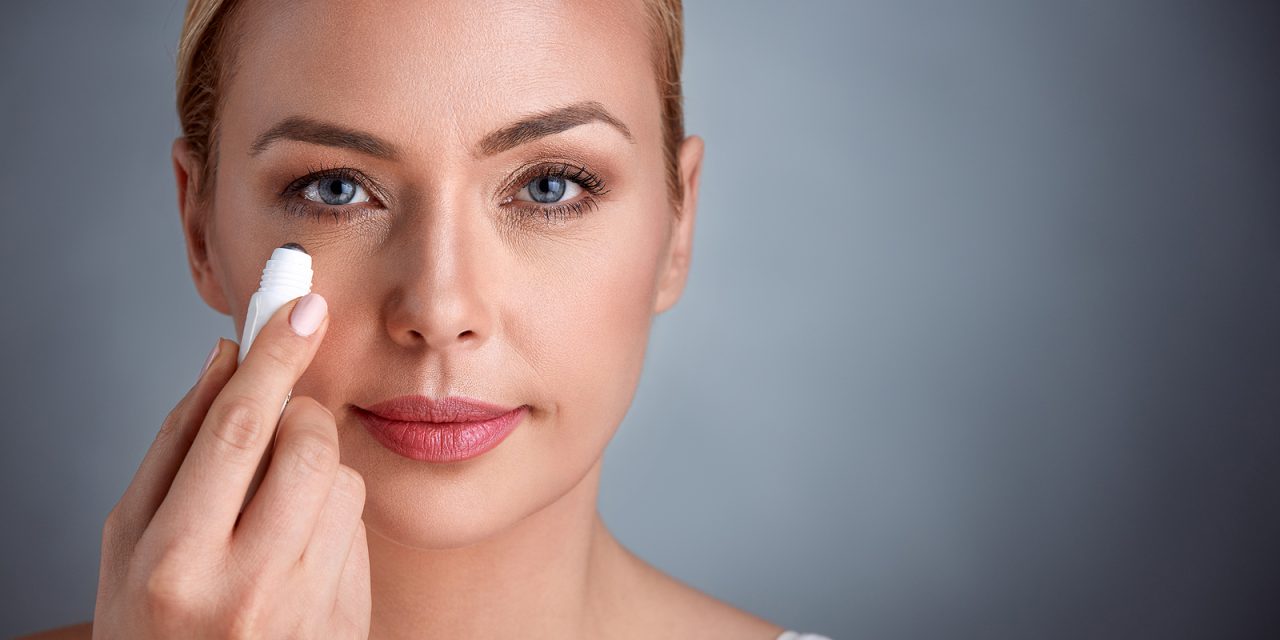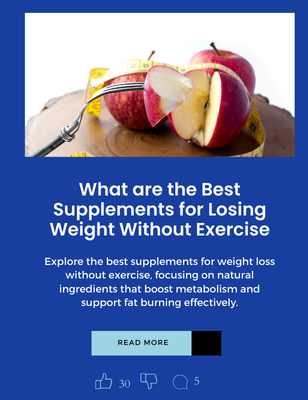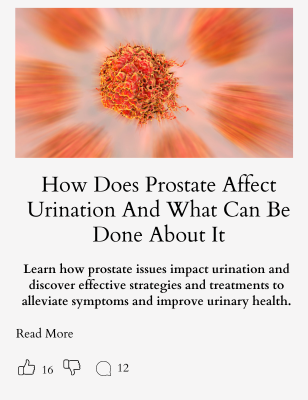Many people wonder if makeup with SPF is enough to protect their skin from the sun. Makeup with SPF provides some protection, but it is not a substitute for applying sunscreen separately underneath. Sunscreen forms a necessary base layer that shields the skin more effectively from harmful UV rays.

When it comes to concealing dark circles, the right techniques and products can make a big difference. Using a quality concealer that matches the skin tone and applying it with gentle dabbing motions helps to brighten and cover discoloration without caking or creasing.
Understanding how to layer sunscreen and makeup correctly while also concealing imperfections ensures both skin protection and a polished look. This article will guide readers on protecting their skin and hiding dark circles efficiently.
Key Takeways
- Sunscreen must be applied before makeup to ensure proper sun protection.
- Using the right concealer technique helps hide dark circles effectively.
- Combining sunscreen and makeup correctly supports healthy skin and a smooth finish.
The Importance Of Sunscreen In Your Skincare Routine
Sunscreen protects skin from harmful UV rays that cause damage, aging, and skin cancer. It’s a key step regardless of whether makeup with SPF is used. Knowing the types of sunscreen, how they work, and common misunderstandings helps ensure proper protection every day.
Why Daily Sunscreen Use Matters
UV rays from the sun can harm skin even on cloudy or cold days. Daily sunscreen use helps prevent sunburn, premature wrinkles, and dark spots. It also reduces the risk of skin cancer, the most serious consequence of sun damage.
People often underestimate how much UV exposure they get daily from windows, screens, or brief outdoor moments. Applying sunscreen every day creates a protective barrier before skin damage begins. This is essential even if makeup contains SPF, since makeup alone rarely provides full protection.
Types Of Sunscreen And Their Effectiveness
Sunscreens come in two main types: chemical and physical (mineral). Chemical sunscreens absorb UV rays, turning them into heat. Physical sunscreens reflect and scatter UV rays. Both types can be effective if applied properly.
Physical sunscreens usually contain zinc oxide or titanium dioxide. They work right after application and are less likely to irritate sensitive skin. Chemical sunscreens require about 15 minutes after application to become effective.
SPF indicates how well sunscreen protects against UVB rays, but doesn’t measure UVA protection. Broad-spectrum sunscreens protect against both UVA and UVB rays and offer better defense.
| Type | Works By | Onset Time | Suitability |
|---|---|---|---|
| Chemical | Absorbs UV rays | ~15 minutes | Good for daily, non-sensitive |
| Physical (Mineral) | Reflects UV rays | Immediate | Better for sensitive skin |
Common Myths About Sunscreen In Makeup
Many believe makeup with SPF is enough protection by itself. However, makeup often lacks the amount or type of sunscreen needed for full sun defense. Layering a standalone sunscreen underneath makeup is recommended.
Another myth is that sunscreen causes makeup to look shiny or uneven. Waiting for sunscreen to fully dry before applying makeup prevents this issue and helps it set better.
Some also think sunscreen is only needed on sunny days. UV rays can cause damage anytime, so sunscreen is important every day, regardless of weather or season.
Using a separate sunscreen and letting it dry completely before makeup application ensures proper sun protection while maintaining a good makeup finish. This practice is emphasized in advice on applying sunscreen under makeup.
There’s a product that combines effective sun protection with makeup coverage, helping to simplify your routine while also concealing dark circles. It offers both SPF and excellent coverage, making it easier to protect your skin and brighten your under-eye area. Let me know if you’d like more details! Learn more on our YouTube Channel Here: Valleant Health, or see us on Facebook Here: https://www.facebook.com/valleant
Can Makeup With SPF Replace Sunscreen?
Makeup with SPF offers some protection from UV rays, but has important limits. Its effectiveness depends on the amount used and the type of product. Many people do not apply enough makeup to get full SPF benefits.
Understanding SPF In Cosmetic Products
SPF stands for Sun Protection Factor, which measures how well a product protects skin from UVB rays. Makeup with SPF usually contains chemical or physical blockers, but often at lower concentrations than dedicated sunscreens.
To get the SPF rating listed on the product, it must be applied in a thick and even layer. Most makeup products are applied lightly for coverage or finish, so they deliver less sun protection than they claim.
Makeup with SPF also protects differently depending on the formula. Powders and foundations with SPF may offer less reliable coverage than creams or lotions designed as sunscreens.
SPF Coverage Limitations In Makeup
Makeup alone does not provide enough sun protection because users apply less than the needed amount. To reach SPF 30, for example, about one teaspoon of product should cover the face, which is more than typical makeup use.
SPF in makeup often protects only from UVB rays, not UVA rays, which cause deeper skin damage. Dedicated sunscreens often have broader protection.
Experts recommend applying a broad-spectrum sunscreen first and then using makeup with SPF on top for extra defense. This method ensures fuller, more complete sun protection throughout the day.
For more details on how makeup SPF compares to regular sunscreen, see Is Makeup With SPF Effective?.
How To Properly Combine Sunscreen And Makeup
Applying sunscreen and makeup correctly helps protect the skin without ruining the makeup look. It is important to use the right types of products and follow the best order. Reapplying sunscreen during the day keeps skin safe from UV damage.
Recommended Sunscreen Application Methods
Use a sunscreen made for the face, which is less likely to clog pores or cause irritation. Apply it evenly on clean, dry skin before putting on any makeup. A thin but full layer is best for proper protection.
Let the sunscreen absorb fully—usually for about 3 to 5 minutes—before starting makeup. This prevents the sunscreen from mixing with the makeup and losing effectiveness.
To avoid disturbing sunscreen while applying foundation, using a damp sponge or patting motions works better than brushes or fingers. This helps keep the protective layer intact.
Layering Order: Sunscreen Versus Makeup
Sunscreen must always go on first. It acts as a base, protecting the skin from UV rays. Makeup, including foundation, powder, or concealer, comes after sunscreen has set.
Using lightweight foundations or cream-based products blends better over sunscreen. These products maintain a natural look without rubbing off the sunblock.
Avoid applying powder directly onto sunscreen as it can disrupt the protective layer and create a patchy appearance.
Touch-Ups And Reapplication Throughout The Day
Sunscreen loses effectiveness after a few hours, especially when exposed to the sun, sweat, or rubbing. To keep skin protected, reapply sunscreen every two hours.
For makeup wearers, choose a spray sunscreen designed for use over makeup. Hold the spray 10 to 12 inches from the face and close the eyes during application to avoid disturbing makeup.
If a spray is not available, using powder sunscreens or a light dusting of mineral powder with SPF can help refresh protection without ruining the makeup.
There’s a product that combines effective sun protection with makeup coverage, helping to simplify your routine while also concealing dark circles. It offers both SPF and excellent coverage, making it easier to protect your skin and brighten your under-eye area. Let me know if you’d like more details! Learn more on our YouTube Channel Here: Valleant Health, or see us on Facebook Here: https://www.facebook.com/valleant
Concealing Dark Circles: Essential Techniques
To hide dark circles effectively, it is important to pick the right concealer color, prepare the skin properly, and blend carefully. These steps ensure a natural look and help the makeup last longer without caking or creasing.
Choosing The Right Concealer Shade
Selecting the correct shade is the first step. A concealer slightly lighter than the skin tone brightens the under-eye area. If the darkness has a blue or purple tint, a peach or orange color corrector can be applied first to neutralize those tones.
For lighter skin, peach tones work best. For deeper skin tones, richer orange shades suit better. After neutralizing color, the main concealer should match the person’s skin tone for a natural blend. Using a concealer that is too light can look unnatural, while one that is too dark won’t cover the shadows well.
Prepping The Under-Eye Area
Hydrating the under-eye skin before applying makeup is crucial. Applying a nourishing eye cream softens the skin and prevents concealer from sitting on top or cracking. It also helps the concealer sink in and last longer.
Using sunscreen under the eyes is important to protect the delicate skin, especially if the person will be in the sun. Some makeup products include SPF, but applying a dedicated sunscreen first is often recommended for better protection and skin health.
Blending Methods For Best Results
Proper blending makes the concealer look natural. Instead of rubbing, tapping gently with a fingertip or a small sponge works best. This method presses the concealer into the skin without removing it.
Starting with a small amount and building up coverage helps avoid cakey build-up. Focus on the darkest areas rather than covering the entire under-eye. Finally, setting the concealer lightly with translucent powder stops creasing and helps the makeup last through the day.
For blending tools, a damp beauty blender or a soft brush can produce a smooth finish.
Best Practices For Long-Lasting Coverage
Maintaining both effective sunscreen protection and smooth makeup can be tricky. Proper techniques help keep makeup in place without reducing SPF benefits or causing patchiness.
Setting Makeup Without Compromising Sunscreen
To avoid wiping away sunscreen, people should let their SPF fully absorb before applying makeup. This usually takes about 8-10 minutes. Applying makeup too soon can mix layers and reduce the sunscreen’s effectiveness.
Using a light, translucent setting powder is best. It helps lock makeup in place without adding heavy texture or disrupting sunscreen layers. Setting sprays formulated for sensitive skin are also good options, as they provide hold without moving the base.
Avoid applying a second layer of lotion-style sunscreen over makeup, as it can smear products and lead to uneven protection. Instead, sprayed SPF can be lightly misted in intervals to maintain sun defense without disturbing the makeup’s finish.
Tips To Avoid Makeup Creasing Or Caking
Proper skin prep plays a major role in preventing creasing or caking. Starting with a moisturizer suited to skin type ensures the skin is hydrated but not oily before sunscreen and makeup.
Applying thin, even layers of foundation or concealer helps avoid buildup that leads to cakiness. When concealing dark circles, tapping the product gently instead of rubbing it in prevents moving underlying layers.
Using a small amount of eye primer under concealer can reduce creasing around the eyes by providing a smooth base. Lastly, blotting excess oils during the day with blotting papers keeps makeup fresh and reduces the chance of melting or creasing.
Ingredients To Look For In Sunscreen And Concealers
Choosing the right ingredients in sunscreen and concealers helps protect the skin while improving appearance. Some compounds block harmful UV rays, while others hydrate and brighten the under-eye area. Understanding key ingredients can guide better product choices.
Broad-Spectrum Protection Compounds
Sunscreens should contain ingredients that block both UVA and UVB rays. Zinc oxide and titanium dioxide are mineral options that reflect and scatter UV light. These are often recommended for sensitive skin and provide strong, broad-spectrum coverage.
Chemical filters like avobenzone, octocrylene, and homosalate absorb UV rays. A good sunscreen combines several of these to cover all wavelengths effectively. Products labeled “broad-spectrum” ensure protection against premature aging and sunburn.
For everyday use, a sunscreen with at least SPF 30 and a mix of these ingredients is ideal. This protects skin better than relying on makeup with SPF alone.
Hydrating And Skin-Brightening Ingredients
For concealers, hydration and brightening ingredients improve comfort and appearance, especially under the eyes. Ingredients like hyaluronic acid, glycerin, and ceramides help lock in moisture and prevent dryness.
Vitamin C and niacinamide brighten dark circles by reducing pigmentation and improving skin tone. These ingredients support long-term skin health while covering imperfections.
Look for concealers labeled as moisturizing or with added skincare benefits to avoid creasing and dryness in delicate areas. This improves both the application and skin condition over time.
For more on makeup and sunscreen layering, see sunscreen safety and makeup tips at The Hill.
There’s a product that combines effective sun protection with makeup coverage, helping to simplify your routine while also concealing dark circles. It offers both SPF and excellent coverage, making it easier to protect your skin and brighten your under-eye area. Let me know if you’d like more details! Learn more on our YouTube Channel Here: Valleant Health, or see us on Facebook Here: https://www.facebook.com/valleant
Common Mistakes When Using Sunscreen And Concealer
Applying the right amount of both sunscreen and concealer is crucial for effective protection and coverage. Choosing the wrong shade or texture can also cause problems with how the skin looks and feels throughout the day.
Insufficient Product Application
Many people apply too little sunscreen, especially when wearing makeup. Using a thin layer reduces the effectiveness of SPF and leaves skin vulnerable to UV damage. Experts recommend using about a nickel-size amount for the face to get full protection.
The same can happen with concealer. Applying too little may not fully cover dark circles, leading to uneven skin tone. It is best to use a small, consistent amount and build coverage in light layers to avoid a cakey look.
Using too little sunscreen or concealer can cause the makeup to slide or rub off quickly. Applying adequate amounts helps maintain protection and appearance for longer.
Mismatched Concealer Selection
Using the wrong concealer shade can make dark circles look worse instead of better. A concealer that is too light will create a stark contrast and draw more attention, while a shade that is too dark may fail to brighten the under-eye area.
It is helpful to test concealers in natural light and choose one that matches the person’s skin tone or is just one shade lighter. Peach or orange-tinted concealers work well for neutralizing blue or purple tones in dark circles.
Texture matters too. Thick concealers can crease or cake under the eyes, especially when layered over sunscreen. A creamy, lightweight formula blends more easily and supports natural-looking coverage.
Choosing the right shade and formula improves concealment and keeps the skin looking smooth.
How To Wear Sunscreen And Makeup: When To Apply Each explains the importance of proper product use for lasting results.
Frequently Asked Questions
Applying the right products in the correct order is key to protecting skin and achieving good makeup coverage. Using sunscreen properly, even with makeup containing SPF, ensures better defense against UV rays. Concealing dark circles requires not only the right products but also proper layering.
Is a moisturizer with SPF sufficient protection, or should I apply a separate sunscreen?
A moisturizer with SPF provides some protection, but usually not enough for full sun defense. It is best to apply a dedicated sunscreen under the moisturizer or as part of your skincare routine for stronger and more reliable coverage.
What is the proper sequence for applying sunscreen, concealer, and foundation?
Sunscreen should be applied after all skincare products and before makeup. Concealer and foundation go on top of sunscreen. This order ensures the sunscreen forms an even barrier on the skin, which is important for effective sun protection.
How can I reapply sunscreen without disrupting my makeup?
Reapplying sunscreen over makeup can be tricky. Using a spray sunscreen or a powder sunscreen designed for use over makeup helps avoid smudging or removing makeup. Light and even application is key to maintaining protection without ruining the look.
Are there specific sunscreens that can be applied over makeup?
Yes, some sunscreens are formulated as sprays or powders for easy application on top of makeup. These products help refresh sun protection without the need to remove or disturb makeup layers, offering convenience during the day.
Is it effective to layer sunscreen with a makeup setting spray?
Layering sunscreen with a setting spray is not an alternative to reapplying sunscreen. Setting sprays can help keep makeup in place, but do not add significant sun protection on their own. Sunscreen must be applied properly to ensure UV defense.
Can concealer be used effectively over sunscreen without compromising sun protection?
Yes, concealer can be applied over sunscreen without reducing its effectiveness. Sunscreen acts as a base layer, and makeup products like concealer should be applied on top to maintain coverage and protection. Using tinted sunscreen can also help combine both steps.
There’s a product that combines effective sun protection with makeup coverage, helping to simplify your routine while also concealing dark circles. It offers both SPF and excellent coverage, making it easier to protect your skin and brighten your under-eye area. Let me know if you’d like more details! Learn more on our YouTube Channel Here: Valleant Health, or see us on Facebook Here: https://www.facebook.com/valleant


















